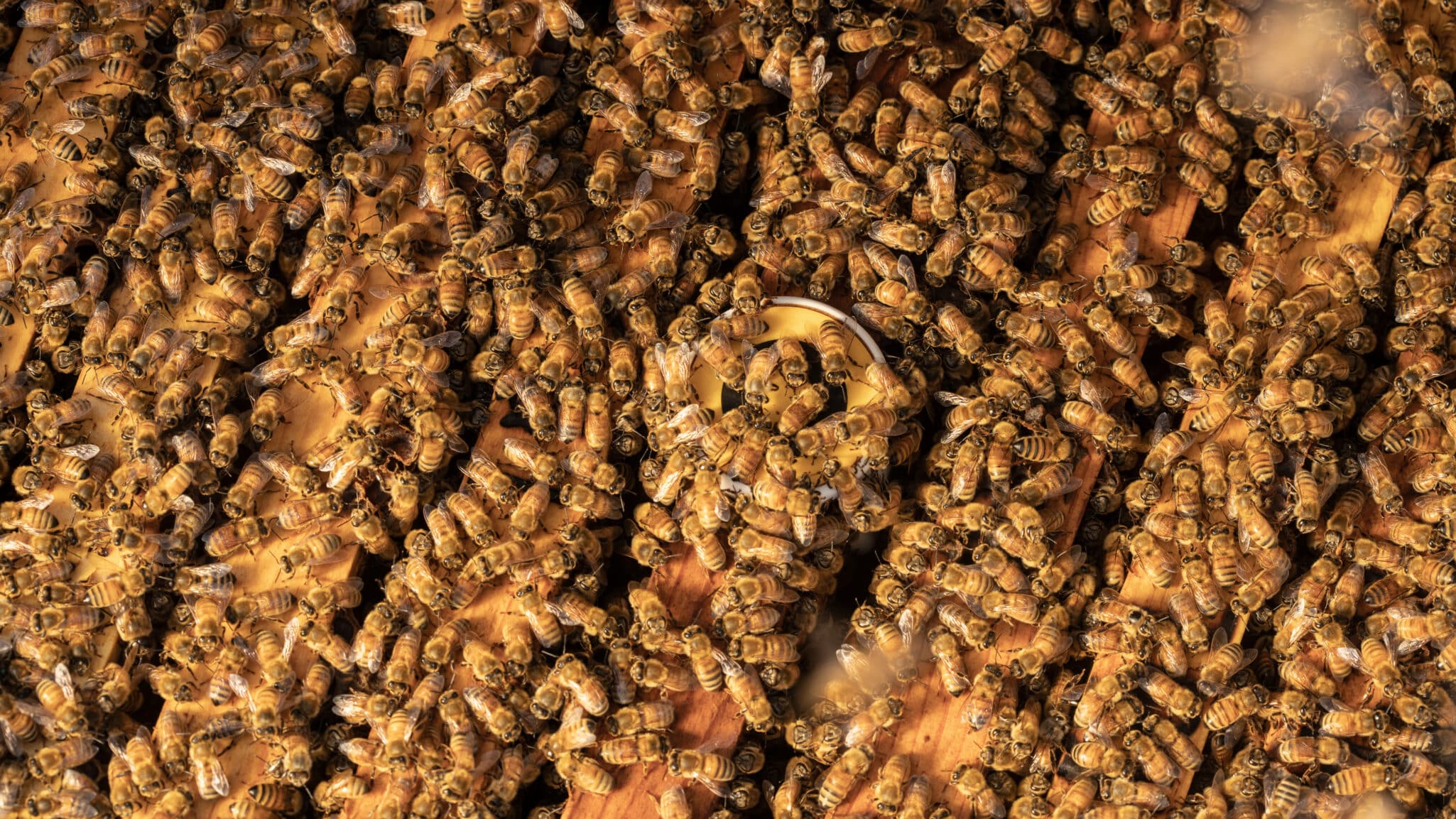Key Takeaways
- BeeHero launches its third season in Australia with expanded pollination services and pre-pollination reporting.
- The company now operates across 70,000 acres, supporting key crops including almonds, canola, macadamia, avocado, berries, and kiwifruit.
- New pre-pollination reports aim to improve transparency and preparedness amid rising varroa mite concerns.
- BeeHero introduces HeroLink and Beekeeper Task Manager to enhance data connectivity and apiary management.
- The company continues efforts to support local growers and beekeepers while expanding its presence in the region.
BeeHero Scales Operations Across Australian Agricultural Landscape
BeeHero extends precision pollination to over 70,000 acres and adds new reporting tools
BeeHero has announced the expansion of its services for Australian growers for a third consecutive season, alongside the introduction of its new pre-pollination reports. The company, recognized as the world’s largest pollination provider, now supports a substantial share of Australia’s macadamia, almond, canola, avocado, berry, and kiwifruit sectors.
Operating across more than 70,000 acres in 2025, BeeHero continues its efforts to enhance commercial pollination through data-backed solutions. Its presence in the country has grown steadily since entering the market in 2023 and opening a regional office in 2024.
New Pre-Pollination Reports Offer Early Season Insights
BeeHero introduces tools to increase visibility amid pollination and biosecurity challenges
This season marks the debut of BeeHero’s pre-pollination reports for select Australian customers. These reports utilize in-hive sensor data gathered year-round to assess hive strength before deployment. This aims to give growers early confirmation of the pollination capacity of their incoming hives, supporting decision-making at a time when varroa mite outbreaks remain an ongoing concern for hive health and productivity.
“With varroa mite incursions on the rise, the ability to verify hive readiness is becoming increasingly important,” said Clayton Hiskins, Regional Manager of BeeHero Australia. “We’re providing growers never-before-possible visibility into the strength of their hives.”
Technological Additions Enhance Monitoring and Connectivity
BeeHero debuts HeroLink and new beekeeper tools for operational efficiency
To support uninterrupted data flow from remote regions, BeeHero has launched HeroLink, a solar-powered connectivity system designed to maintain year-round communications from hives. This infrastructure addresses gaps in cellular coverage in Australia’s agricultural areas, helping ensure reliable data transmission regardless of location or season.
In parallel, BeeHero has integrated a new Beekeeper Task Manager within its existing app to assist beekeepers with apiary logistics and hive monitoring. These additions reflect the company’s stated goal of streamlining field operations for both beekeepers and growers.
Beehero's Long-Term Commitment to Growers and Beekeepers
BeeHero emphasizes transparency, collaboration, and sustainability in Australian agriculture
BeeHero’s ongoing development in Australia aligns with its broader initiatives, including the Global Million Hives Network—an effort to expand smart hive monitoring and support collaborative research in pollination and bee health.
“As we continue to expand our presence in Australia, we look forward to building on the transparency and reliability we’ve already established,” said Omer Davidi, CEO and Co-Founder of BeeHero. “Our aim is to support local beekeepers and growers while contributing to the development of sustainable food systems.”



3 Comments